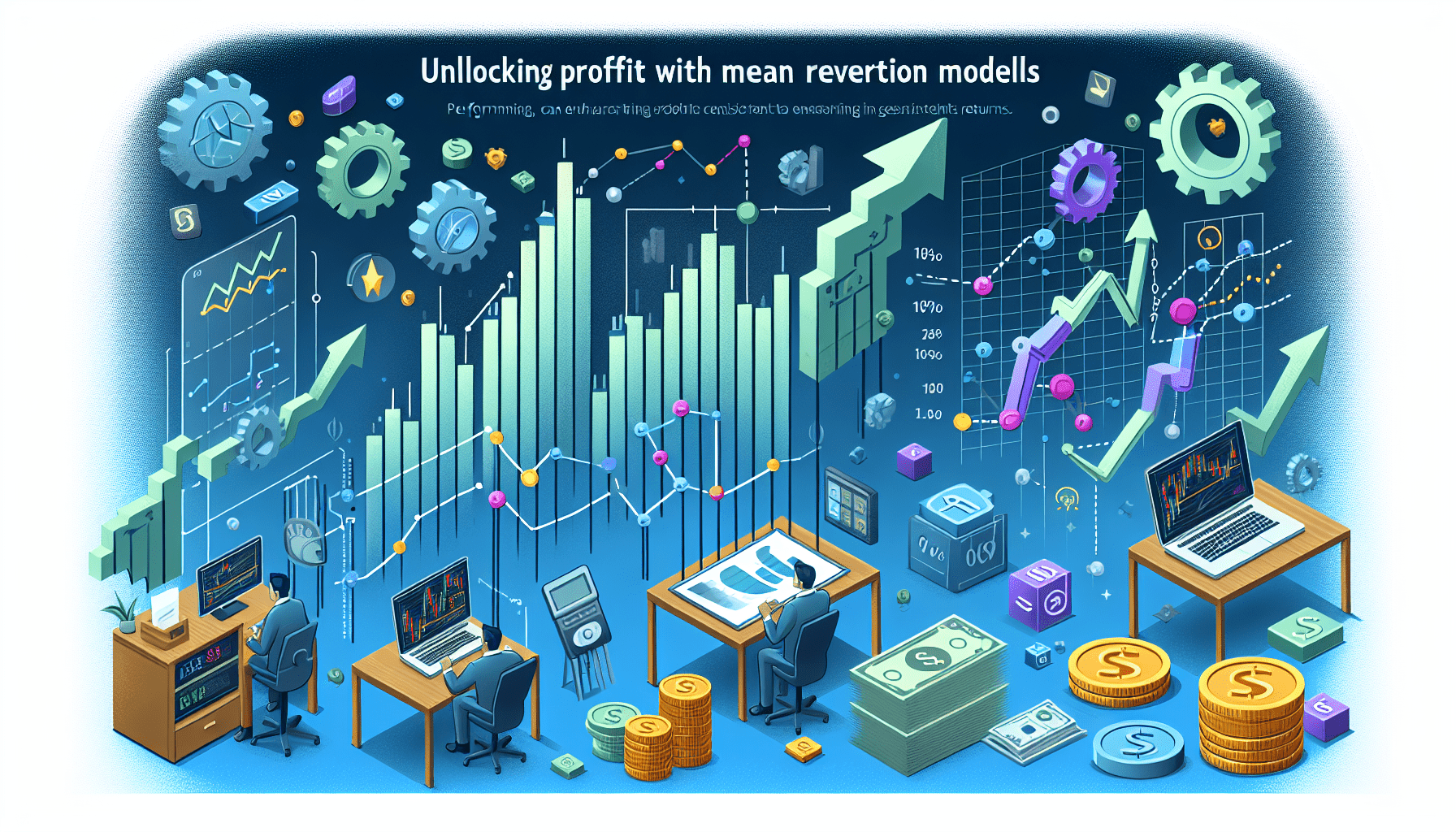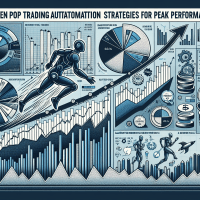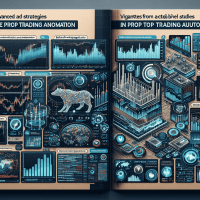Proven Prop Trading Automation: Expert Strategies
Prop trading automation has evolved into a pivotal element for traders looking to secure a competitive advantage. In today’s fast-moving markets, combining state-of-the-art automation techniques with advanced backtesting strategies is essential. This guide is designed for both aspiring professionals and seasoned experts in proprietary trading, offering in-depth guidance on optimizing trading systems through robust automation and meticulous strategy testing.
Understanding Prop Trading Automation
Prop trading automation involves using sophisticated software to execute trades, conduct backtesting, and manage risk without requiring continuous manual input. With the increasing availability of powerful algorithms and automated trading platforms, firms and independent traders alike benefit from improved efficiency, reduced human error, and enhanced performance.
Key phrases such as “prop trading automation software” or “automated trading systems” are not just buzzwords—they represent a paradigm shift in how strategies evolve from concept to live execution.
This article will take you on a journey through advanced backtesting concepts, detailed tool comparisons, and case studies, all curated to provide actionable insights and tools. Whether you are a junior trader eager to learn or a senior quant seeking nuanced optimization techniques, this guide addresses your next steps.

Advanced Backtesting: Avoiding Pitfalls and Ensuring Accuracy
Backtesting is a cornerstone of strategy development in prop trading. However, many traders face common pitfalls such as survivorship bias, look-ahead bias, and overfitting strategies to historical data. Here are some advanced approaches to minimize these issues:
Mitigating Common Backtesting Pitfalls
- Overfitting: Regularly incorporate cross-validation techniques and use out-of-sample data to test the robustness of your model.
- Survivorship Bias: Ensure your historical data set includes delisted securities and incorporates corporate actions.
- Look-Ahead Bias: Strictly enforce data availability constraints to ensure signals are only generated with historically available data.
Walk-forward optimization provides a dynamic alternative to traditional backtesting by continuously adjusting and validating strategy parameters. This method allows prop traders to adapt their models to evolving market conditions, thereby enhancing their performance metrics such as Sharpe Ratio and reducing drawdown risks.
Integrating Out-of-Sample and Forward Testing
Out-of-sample testing separates historical performance from real-time potential, while forward testing (or paper trading) validates strategy viability in live conditions. Together, they form a comprehensive approach that mitigates risks before capital is committed to live trading. For instance, a trader might backtest a mean reversion strategy using tick data across multiple volatile markets and then simulate the strategy using paper trading to gauge real-world responsiveness.
Comparative Analysis of Prop Trading Automation Tools
The choice of automation software can make or break your prop trading strategy. Here, we provide detailed comparisons of some of the industry’s most robust platforms:
TradingView vs. MetaTrader 5 vs. NinjaTrader
TradingView: TradingView offers a highly visual interface with excellent charting capabilities. Its scripting language, Pine Script, allows traders to build and test strategies in an event-driven environment. Features include:
- Backtesting Features: Supports vectorized backtesting, handles commissions and slippage, and includes optimization routines.
- Data Quality: Provides deep historical data, covering stocks, forex, cryptocurrencies, and more.
- Integration: API access is available, and the platform integrates seamlessly with brokerages for real-time trading execution.
- Pricing: Offers free and premium tiers, with advanced features unlocked at higher subscription levels.
MetaTrader 5: A robust platform renowned for automated trading among individual and institutional traders. It excels in:
- Backtesting: Provides both visual and strategy tester modes, automating the backtesting process with sophisticated report generation.
- Data Availability: Supplies comprehensive data sets although tick data might need third-party plugins for integration.
- Integration: Works well with broker APIs and offers integration with additional analytics tools.
- Pricing: Generally free with brokers, though access to premium plugins may incur costs.
NinjaTrader: Offers extensive customization and is particularly noted for its advanced order execution and risk management capabilities. Its benefits include:
- Backtesting: Features both event-driven and simulation-based backtesting, incorporating automated parameter optimization.
- Data Quality: Supplies in-depth historical data particularly for futures, forex, and equities.
- Integration: Integrates robustly with multiple brokerage accounts and external analytical tools.
- Pricing: Free for advanced charting and analysis; additional features require licensing fees.
The table below provides a side-by-side comparison to further aid your decision-making process:
| Platform | Backtesting Features | Data Quality | Integration Capabilities | Pricing |
|---|---|---|---|---|
| TradingView | Event-driven, vectorized testing | Deep historical, multi-asset | API & broker integration | Free to Premium |
| MetaTrader 5 | Visual and automated strategy testing | Comprehensive, with third-party options | Broker API integration | Generally free, premium plugins |
| NinjaTrader | Event-driven and simulation-based | High-quality for futures/forex | Multiple brokers & external tools | Free limited, license required |
Case Study: Optimizing a Mean Reversion Strategy
One notable prop trading firm applied these advanced backtesting techniques to refine a mean reversion strategy. The team faced challenges during the early phase, including excessive overfitting and misleading correlations due to survivorship bias. By integrating walk-forward optimization and rigorous out-of-sample testing, they were able to:
- Improve the Sharpe ratio from 0.8 to 1.5.
- Reduce maximum drawdown by over 30%.
- Shorten iteration times with automated parameter optimization, significantly speeding up the strategy refinement process.
Integrated reporting tools within platforms like MetaTrader 5 and NinjaTrader provided detailed performance metrics, enabling the team to make data-driven decisions. See our internal article on Understanding Market Volatility in Prop Trading for a deeper dive into these performance reports.

Integrating Forward Testing and Risk Management
After extensive backtesting, integrating forward testing is essential to validate your strategy under live market conditions. Paper trading platforms such as TradingView and NinjaTrader offer simulated environments, where your strategy’s performance can be continuously monitored, ensuring that metrics like drawdown, profit factor, and Sharpe ratio are within acceptable limits.
Risk management is further enhanced by using automated trading tools that embed stop-loss mechanisms, trailing stops, and scenario analysis features. Take advantage of detailed reporting and compliance modules that help prop firms stay compliant with regulatory frameworks such as MiFID II and ESMA regulations.
Integrating Algorithmic Code: A Quick Example
import backtrader as bt
class MeanReversionStrategy(bt.Strategy):
params = (('period', 20), ('devfactor', 2), )
def __init__(self):
self.sma = bt.indicators.SimpleMovingAverage(self.data.close, period=self.p.period)
self.std = bt.indicators.StandardDeviation(self.data.close, period=self.p.period)
def next(self):
if self.data.close[0] < self.sma[0] - self.p.devfactor * self.std[0]:
self.buy()
elif self.data.close[0] > self.sma[0] + self.p.devfactor * self.std[0]:
self.sell()
# To run the backtest:
if __name__ == '__main__':
cerebro = bt.Cerebro()
cerebro.addstrategy(MeanReversionStrategy)
data = bt.feeds.YahooFinanceData(dataname='AAPL', fromdate=datetime(2018,1,1), todate=datetime(2019,1,1))
cerebro.adddata(data)
cerebro.run()
cerebro.plot()
This snippet illustrates a simple mean reversion algorithm integrated with Backtrader, highlighting how automated parameter testing and scenario analysis can be executed seamlessly.
Next Steps for Prop Trading Professionals
For prop trading professionals, continuous learning and tool optimization are fundamental. The next actionable step is to implement these strategies using our free Risk Management Checklist. This comprehensive checklist helps you evaluate your trading strategies against key metrics such as Sharpe ratios, drawdown limits, and profit factor expectations.
Moreover, explore our additional resource on Advanced Risk Management Techniques in Prop Trading for further insights on integrating risk controls with automated systems.
Pro Tips and Industry Insights
As of October 2023, prop trading automation continues to evolve. The rapid development of these tools ensures that strategies remain on the cutting edge. As a prop trader, your ability to adapt to this innovation can drive significant competitive advantage.
In conclusion, by leveraging detailed backtesting, sophisticated automation tools, and rigorous risk management protocols, prop firms and individual traders can push their strategies to new performance heights. Embark on this journey with a strong foundation and actionable insights that can be readily implemented, ensuring that your prop trading operations remain robust and forward-thinking.
For those interested in diving deeper into these topics, subscribe to our newsletter, or join our upcoming webinar on advanced prop trading automation. Your next breakthrough might be just one strategy away.







